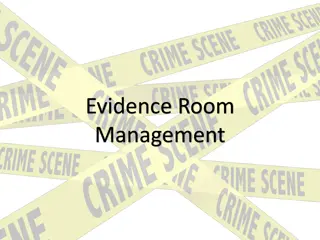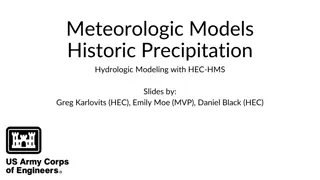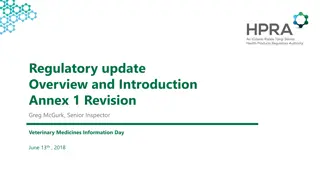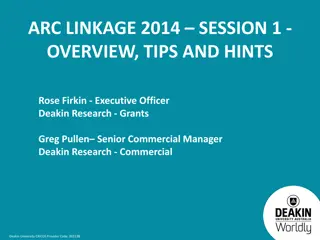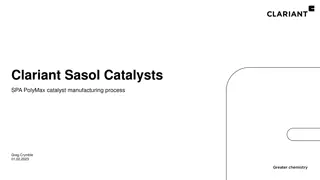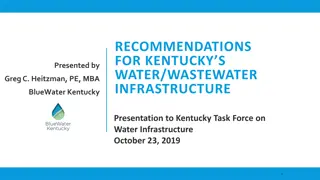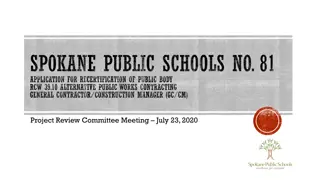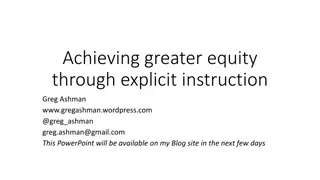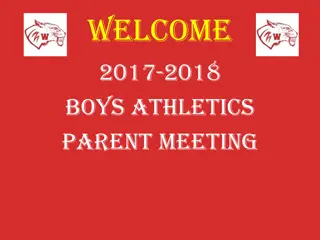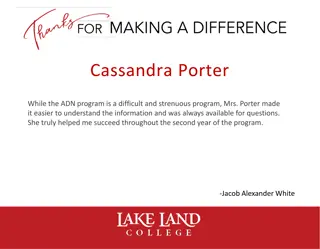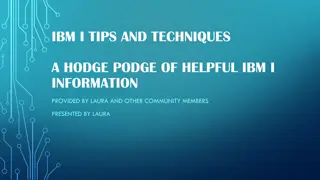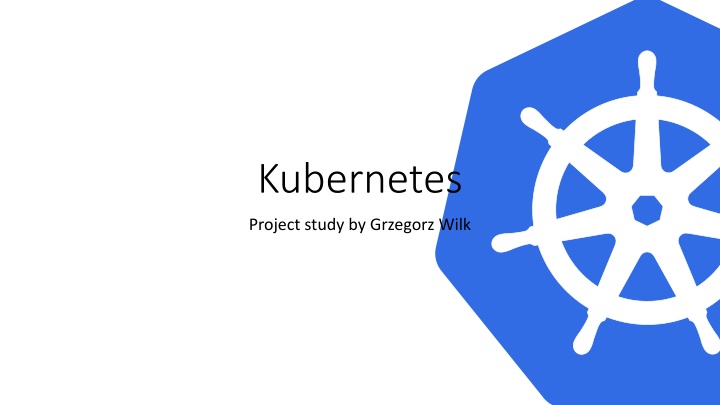
Exploring Kubernetes: Container Management and Dependency Solutions
Dive into the world of Kubernetes with a focus on container management and innovative solutions for handling dependencies. Learn about industry approaches and discover new ways to tackle container configuration challenges.
Download Presentation

Please find below an Image/Link to download the presentation.
The content on the website is provided AS IS for your information and personal use only. It may not be sold, licensed, or shared on other websites without obtaining consent from the author. If you encounter any issues during the download, it is possible that the publisher has removed the file from their server.
You are allowed to download the files provided on this website for personal or commercial use, subject to the condition that they are used lawfully. All files are the property of their respective owners.
The content on the website is provided AS IS for your information and personal use only. It may not be sold, licensed, or shared on other websites without obtaining consent from the author.
E N D
Presentation Transcript
Kubernetes Project study by Grzegorz Wilk
What is Kubernetes Google s third instalment of a container management system Separates machine and OS concerns from the running applications Allows for adding/removing instances, all handled by a load balancer
What does it get right? Provides tools for telemetry, rollout and autoscaling Strays away from a monolithic architecture (of Borg) API simplicity: Each container object exposes ObjectMetadata (props which all of them share), Spec (individual desired props) and Status (individual current props) Hence, the principle to make Status equal Spec is shared
What do I aim to do with it? Investigate what are the current solutions to problems that proved difficult in the past [1]: Programmatic container configuration Where non-existent functionality gets patched in (validation, release-management, version) Separation between data and code? Turing complete languages? Avoiding DSLs? Automatic dependency management Having the container manage dependencies would be nice But their instantiation may be complex But it may be hard to do automatically, and require a list of dependancies But it may quickly fall out-of-date [1] Brendan Burns et al. Borg, Omega, and Kubernetes . In: ACM Queue14 (2016), pp. 70 93. url: http://queue.acm.org/detail.cfm?id=2898444.
Where am I at? I have confirmed that I can install Kubernetes on my Windows laptop I will be able to run local clusters through minikube on Virtualbox But I won t be able to run native hypervisors like Docker for Windows This is because Windows 10 Home doesn t support Hyper-V AWS to the rescue
What is the plan? Over the next couple of weeks, I will research how these two issues are handled in the wild. What are the industry approaches? I will create my own toy-problems where I can explore the current approaches to container configuration and dependency management. I will try to investigate/propose novel approaches to this problem.


